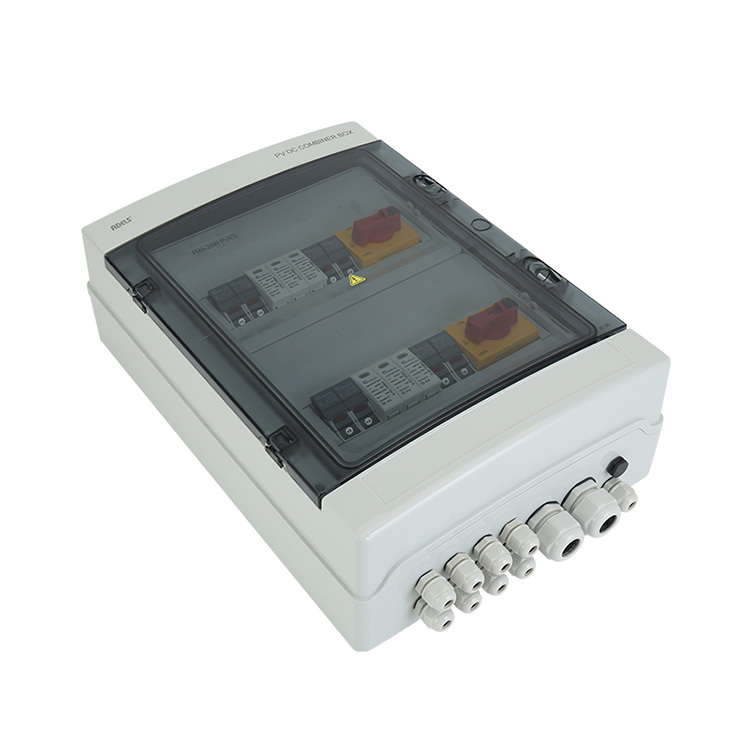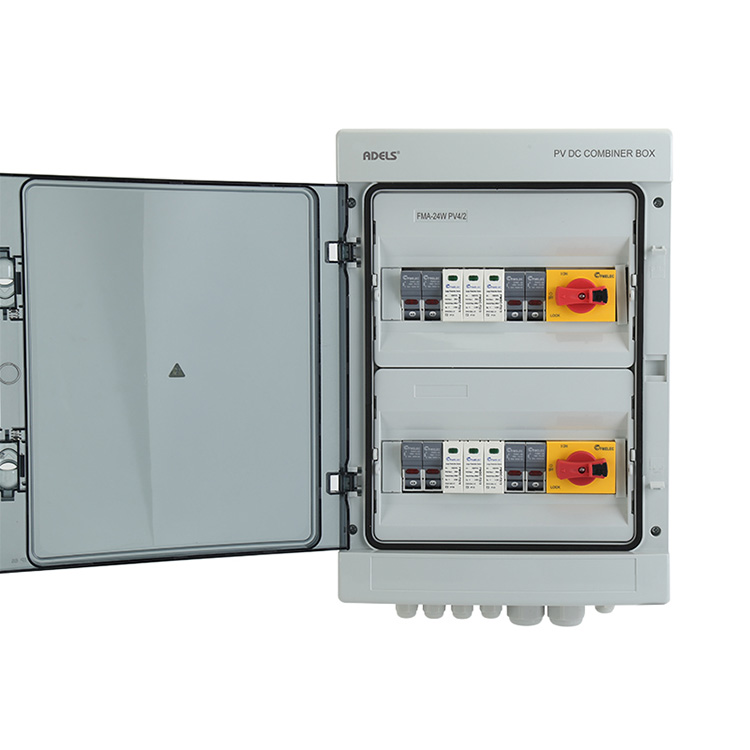- English
- 简体中文
- Esperanto
- Afrikaans
- Català
- שפה עברית
- Cymraeg
- Galego
- 繁体中文
- Latviešu
- icelandic
- ייִדיש
- беларускі
- Hrvatski
- Kreyòl ayisyen
- Shqiptar
- Malti
- lugha ya Kiswahili
- አማርኛ
- Bosanski
- Frysk
- ភាសាខ្មែរ
- ქართული
- ગુજરાતી
- Hausa
- Кыргыз тили
- ಕನ್ನಡ
- Corsa
- Kurdî
- മലയാളം
- Maori
- Монгол хэл
- Hmong
- IsiXhosa
- Zulu
- Punjabi
- پښتو
- Chichewa
- Samoa
- Sesotho
- සිංහල
- Gàidhlig
- Cebuano
- Somali
- Тоҷикӣ
- O'zbek
- Hawaiian
- سنڌي
- Shinra
- Հայերեն
- Igbo
- Sundanese
- Lëtzebuergesch
- Malagasy
- Yoruba
- Español
- Português
- русский
- Français
- 日本語
- Deutsch
- tiếng Việt
- Italiano
- Nederlands
- ภาษาไทย
- Polski
- 한국어
- Svenska
- magyar
- Malay
- বাংলা ভাষার
- Dansk
- Suomi
- हिन्दी
- Pilipino
- Türkçe
- Gaeilge
- العربية
- Indonesia
- Norsk
- تمل
- český
- ελληνικά
- український
- Javanese
- فارسی
- தமிழ்
- తెలుగు
- नेपाली
- Burmese
- български
- ລາວ
- Latine
- Қазақша
- Euskal
- Azərbaycan
- Slovenský jazyk
- Македонски
- Lietuvos
- Eesti Keel
- Română
- Slovenski
- मराठी
- Srpski језик
What is the difference between AC and DC combiner box?
2024-03-12
AC (Alternating Current) and DC (Direct Current) combiner boxes serve different purposes in electrical systems, particularly in renewable energy systems like solar photovoltaic (PV) installations.

AC combiner boxes are used to combine multiple AC circuits from solar inverters or other AC sources. These circuits carry alternating current, which is the type of current typically used in household and commercial electrical systems.
DC Combiner Box: DC combiner boxes, on the other hand, are used to combine multiple DC strings or arrays of solar panels before they are connected to the solar inverter. These strings or arrays generate direct current, which is the type of current produced by solar panels.
AC combiner boxes typically handle lower voltage levels because they are dealing with the output from inverters, which convert DC to AC at voltages suitable for grid connection (e.g., 120V, 240V, 480V).
DC Combiner Box: DC combiner boxes must handle higher voltage levels because they are dealing with the raw DC output from solar panels, which can range from several hundred volts to over 1,000 volts depending on the configuration and size of the system.
Components in AC combiner boxes, such as circuit breakers or fuses, are typically rated for AC applications and may have different specifications compared to those used in DC combiner boxes.
DC Combiner Box: Components in DC combiner boxes, including fuses, circuit breakers, and surge protectors, must be specifically designed and rated for DC applications due to the different characteristics of DC electricity.
Safety Considerations:
Safety considerations for AC combiner boxes focus on protecting against overcurrent and short circuits, as well as providing isolation and disconnecting means as required by electrical codes.
In addition to overcurrent and short circuit protection, safety measures for DC combiner boxes also include protection against arcing and insulation failure due to the higher voltages involved.
In summary, AC and DC combiner boxes differ in terms of the type of current they handle, voltage levels, component selection, and safety considerations. They play distinct roles in renewable energy systems and must be selected and installed appropriately according to the specific requirements of the system.




